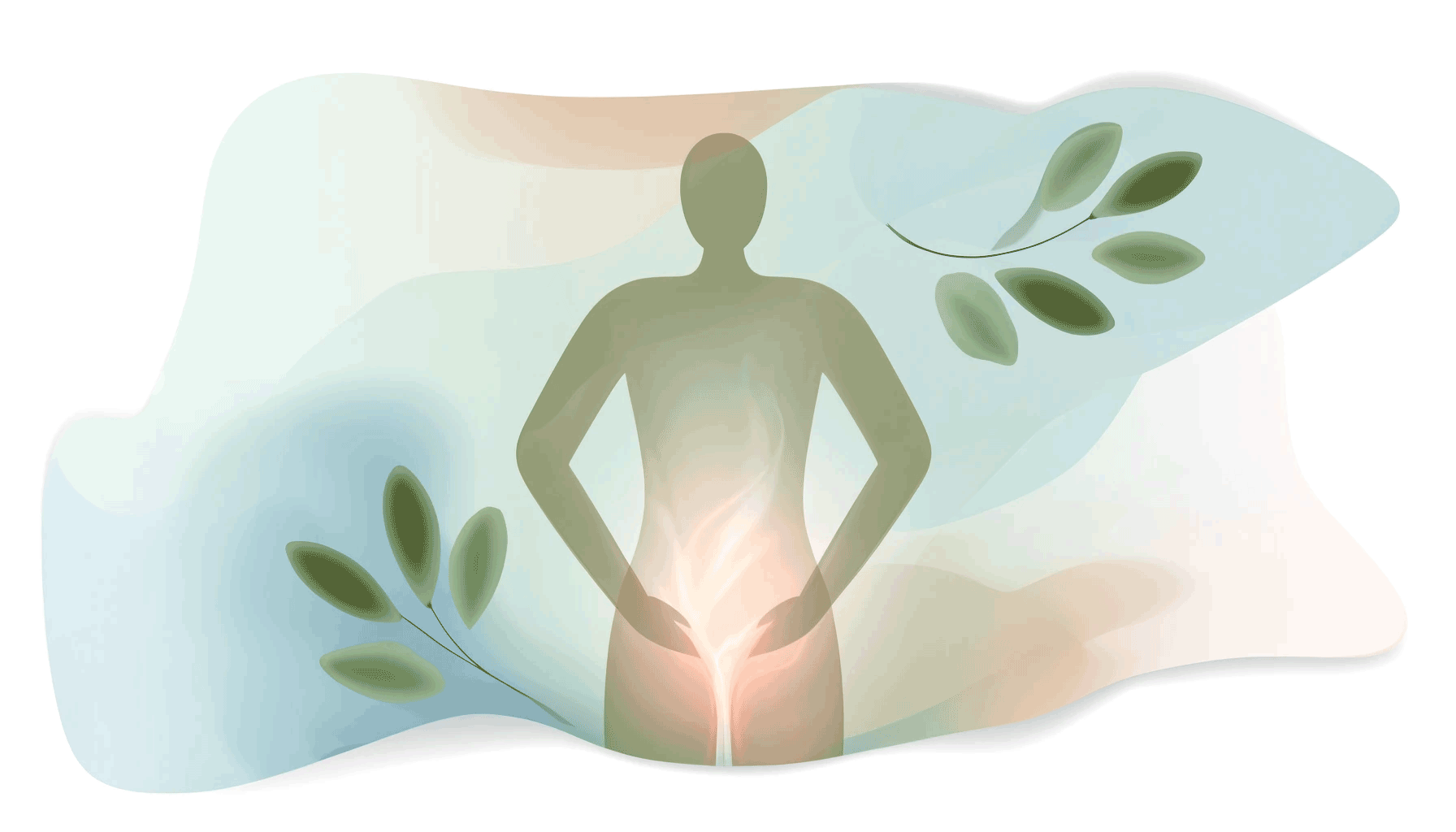Introduction
In the realm of health, some topics are whispered rather than openly discussed, and constipation is often one of them. Yet, it is a prevalent issue that affects millions worldwide, impacting not only physical comfort but also overall well-being. While constipation can be caused by various factors, one crucial but often overlooked aspect is the health of the pelvic floor. This blog explores the intricate relationship between constipation and pelvic floor function, highlighting therapeutic interventions for better management and prevention.
Understanding Constipation
Constipation extends beyond irregular bowel movements, encompassing difficulty passing stools, straining, and incomplete evacuation. Factors like diet, inactivity, dehydration, medications, and medical conditions contribute to its onset.
The Role of the Pelvic Floor
The pelvic floor is a group of muscles, ligaments, and connective tissues that support the pelvic organs, including the bladder, uterus, and rectum. These muscles play a crucial role in controlling bowel movements and maintaining continence. When you have a bowel movement, the pelvic floor muscles relax to allow stool to pass through the rectum and out of the body. However, if the pelvic floor muscles are weak or dysfunctional, this process can be disrupted, leading to constipation.
The Constipation-Pelvic Floor Connection
Chronic straining can weaken and tighten pelvic floor muscles, while habitual stool retention exacerbates dysfunction, creating a complex interplay between constipation and pelvic floor health.
Managing Constipation through Pelvic Floor Physical Therapy
In addition to lifestyle adjustments and exercises, pelvic floor physical therapy can help manage constipation and optimize pelvic floor health. Key therapeutic interventions include:
- Assessment: Evaluates muscle tension, coordination, and strength.
- Education: Increases awareness of pelvic floor anatomy and function.
- Manual Therapy: Uses massage to release muscle tension and improve flexibility.
- Biofeedback: Provides real-time feedback to improve muscle coordination during bowel movements.
- Exercises: Individual plan of care that includes stretching and strengthening of the pelvic floor muscles.
- Relaxation Techniques: Reduces muscle tension through deep breathing.
- Behavioral Modifications: Recommendation on diet/fiber, hydration, and bowel habits (ie squatty potty).
- Defecation Techniques: Teaches proper toilet posture and effective muscle use.
- Coordination with Other Treatments: Collaborates with other healthcare professionals for a holistic approach.
These approaches collectively improve bowel function and alleviate constipation by enhancing pelvic floor muscle function and coordination.
Conclusion
Understanding the connection between constipation and pelvic floor health is crucial for effective management and prevention. By addressing pelvic floor dysfunction through targeted physical therapy, individuals can significantly alleviate constipation and enhance their overall quality of life. Through personalized assessments, education, and therapeutic interventions such as manual therapy, biofeedback, and relaxation techniques, pelvic floor physical therapists can help patients regain control and improve their bowel function. Embracing these strategies empowers individuals to take proactive steps toward optimal pelvic floor health and overall well-being, transforming a once-whispered issue into a manageable and resolvable condition.





